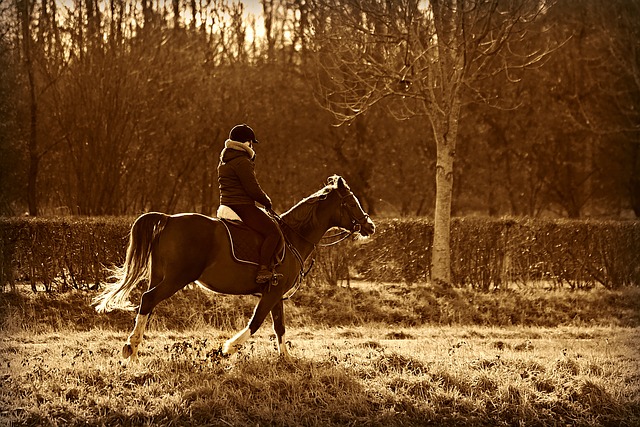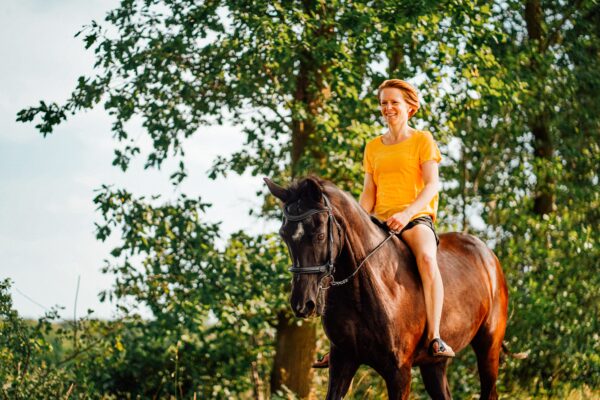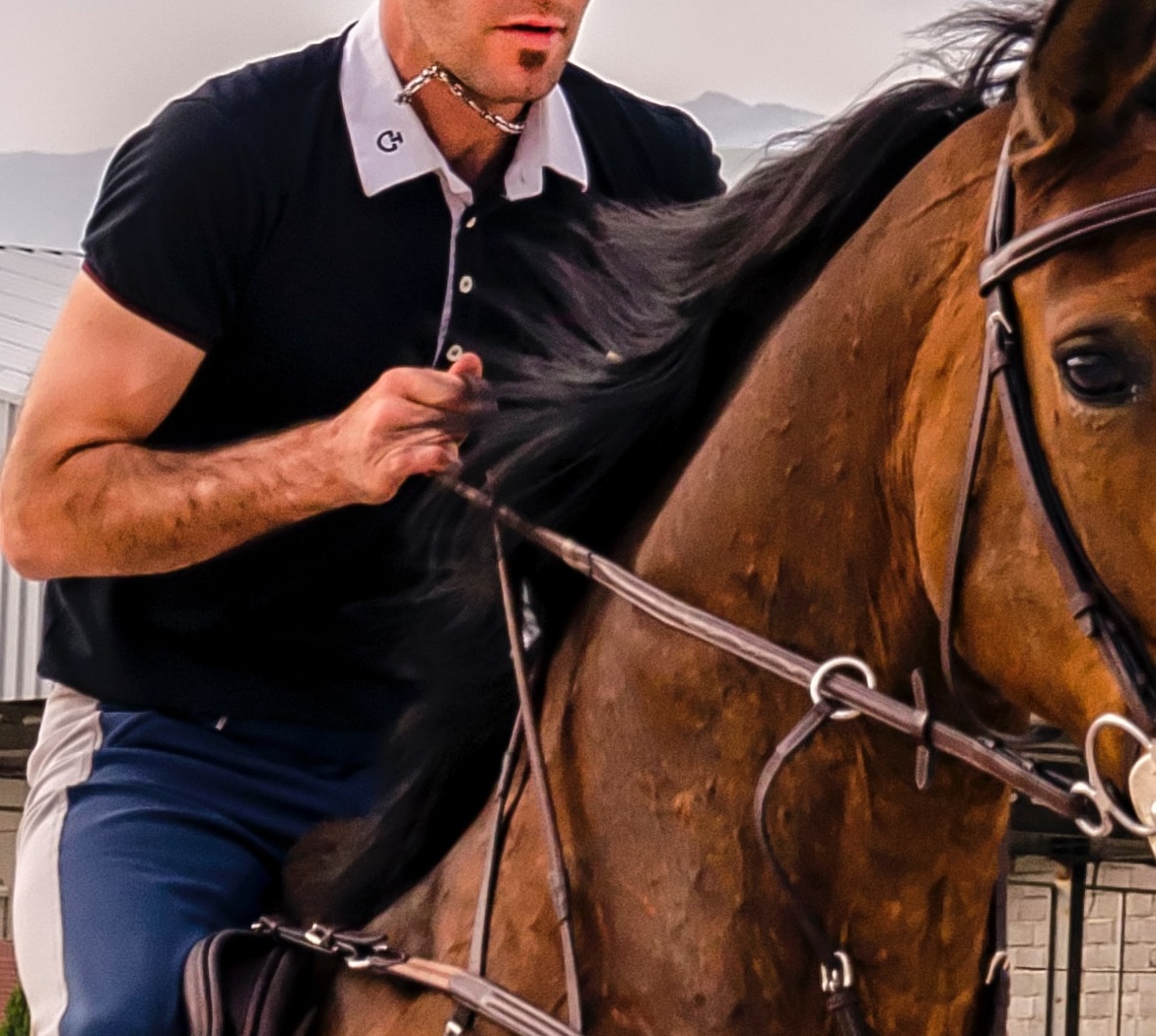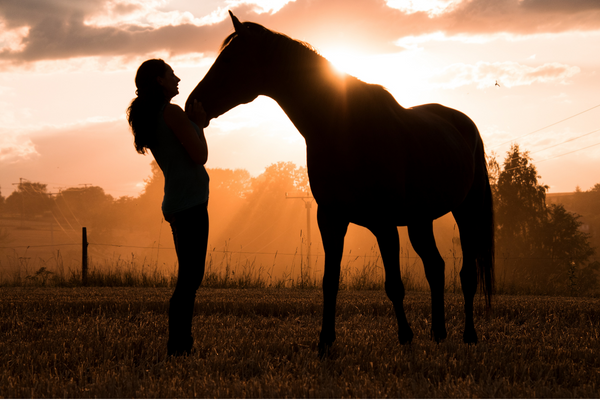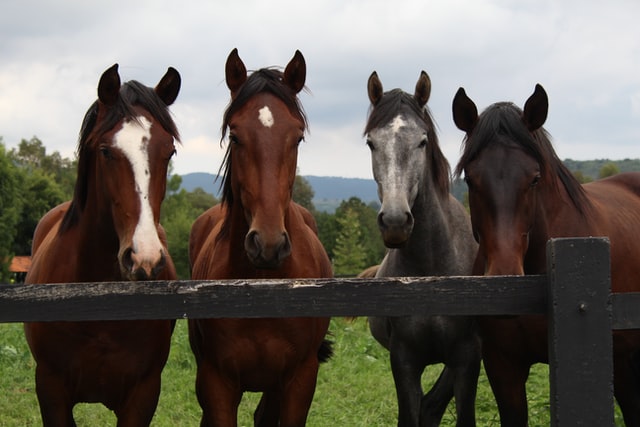4 Way to Improve Your Balance on Horseback (No Matter Your Discipline)
No matter what style of horseback riding you do, having balance is the key to your connection, communication and harmony with your horse.
The image of half-horse, half-human, of a centaur is one that most riders and equestrian authors explain as the goal of riding.
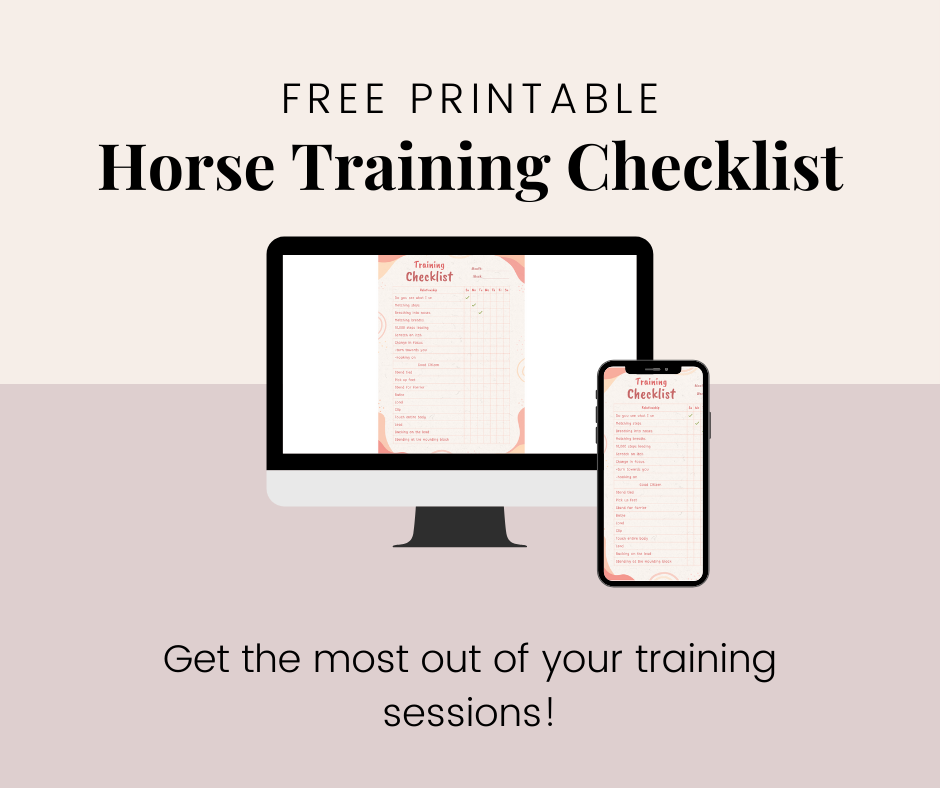
Moving as one with your horse, being in perfect harmony, is the foundation from which more complex, complicated movements come from.
If your horse is worried or inhibited by your lack of balance, they won’t have the confidence to go over that jump, or stop and make that tight turn.
In fact, the classic German dressage schools would begin a new recruit without bridle or saddle.
They would put the horse through his paces, and the new rider would learn how to maintain their balance without the use of a saddle or stirrups.
So What Is Balance on Horseback?
To begin improving our balance while riding, we need to understand what having balance actually means.
Everything has a center of gravity.
According to dictionary.com, a center of gravity is, “a point from which the weight of a body or system may be considered to act.
In uniform gravity it is the same as the center of mass.”
A horse’s center of gravity tends to be under his midline or withers, and just behind the girth.
This can vary based on the horse’s structure.
If a horse is very forward heavy (downhill conformation) or backward heavy (uphill conformation) the center of gravity may be more forward or behind the girth area.
In addition to the horse’s natural center of gravity at a stand-still, this center of gravity moves or oscillates depending on the gait the horse is moving in.
Balance on horseback consists of lining up your center of gravity with your horse’s center of gravity.
Your center of gravity tends to lie just below the naval for women and above the naval for men.
With minor differences based on your body type.
Here are my four favorite ways to improve your balance on horseback.
Exercises To Improve Your Balance on Horseback
1. Breathe
A LOT of people tend to hold their breath when they’re concentrating.
Especially when horseback riding.
You’re concentrating on your heels, your hands, where your horse is going, if the trip or toss their head, what diagonal they’re on, and what your trainer is trying to tell you to do!
But did you know that in equine body language, holding your breath is a sign of fear?
When a horse sees something that’s scary, they snort in through their nostrils.
They have huge sinus cavities that warm up the air (causing the snorting sound) so that they have enough air in the lungs, ready to run the minute that scary leaf moves.
Now, if you hold your breath, you’re inadvertently telling them you’re afraid of something.
Now, of course, they’re nervous of whatever you’re nervous about – especially because they don’t know what you’re nervous about!
Holding your breath also stiffens your back, creating tension in your shoulders and arms and doesn’t allow your core to flow with the movement of the horse, or your arms to give to the movement of the head.
To break out of this habit, try singing out loud. Keep your phone on you with speakers on so you can sing your favorite song! You will instantly relax and so will your horse.
Now relaxed, you’ll be able to move better and keep your center of gravity glued to your horse’s center of gravity.
2. Be Out of Balance
Now this may seem counter-intuitive.
However, begin at a standstill, and then a walk, and progressively at different gaits and purposefully lean to the left.
Then the right.
Feel out awkward and out-of-sync it feels?
Now coming from that clearly-out-of-balance place and try to find “balance” again.
You may be surprised to find that it’s not exactly where you came from originally.
By letting yourself feel awkward and out of balance, you’re actually asking your body to find “center”.
How does “center” feel?
3. Ride With Your Eyes Closed
I try to do this as often as possible – while combining tip 4 as well. Ride with your eyes closed.
The horse’s center of gravity moves with his feet.
At a walk, when his front right hoof is off the ground, his weight is loaded on his front left and back right.
Can you feel the slight curve in his spine swing back and forth as he walks?
In each of the gaits, you should know where all four of your horse’s feet are.
Further on in your training, you’ll be giving him aids with the timing of his back feet, so being able to visualize exactly your horse’s legs and movement will help you develop that feel.
Try to “feel” the horse’s center of gravity.
Try to “feel” your own.
Remember that the center of gravity is a 3-dimensional thing.
Feel it left to right, front to back, and top to bottom.
Closing your eyes during the different gaits (safely of course) will heighten your other senses and help you develop your feel.
4. Ride Bareback
This is my favorite.
If at all possible, ride bareback – without a bareback pad.
If you’d like to combine 3 and 4, close your eyes.
Feel your seat bones against your horse’s back.
Feel your horse’s back muscles contract and relax rhythmically throughout the gait.
What happens when you lower your seat bone an inch or two on the left?
What happens when you lower it on the right?
Now we’re combining tip 2 and 4.
Bring your right shoulder forward an inch or two.
How does your horse react?
What about if you lean your right shoulder back?
How does that affect your center of gravity?
How does moving your shoulder affect your hip placement?
Does your horse move to the side to try to line up your center of gravity with his again?
Imagine you’re carrying two buckets full of water.
Is it easier to carry two full ones?
Or one half-full one?
It’s much easier to carry two full ones, as long as they’re equal weight.
Because they’re balanced.
Practice these four tricks to improve your balance and see where it takes you!
If practiced regularly I promise you’ll notice a difference in your feel and oneness with your horse!
